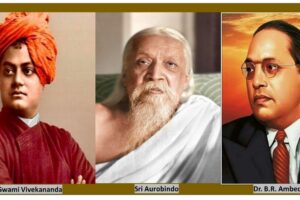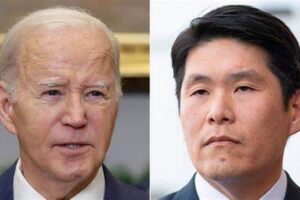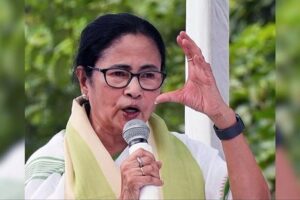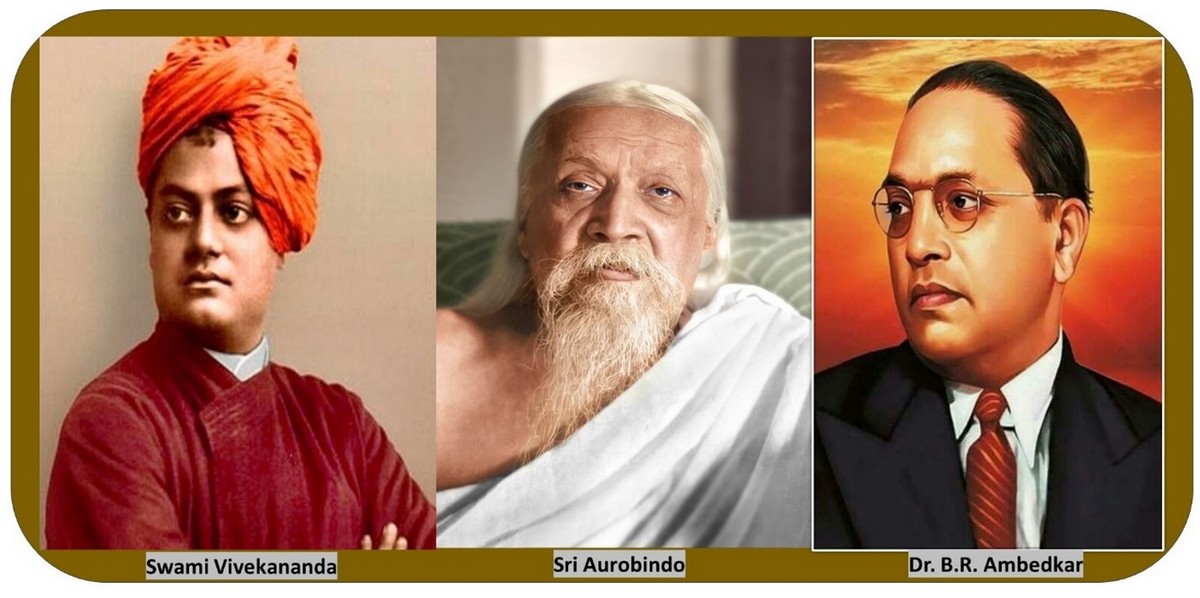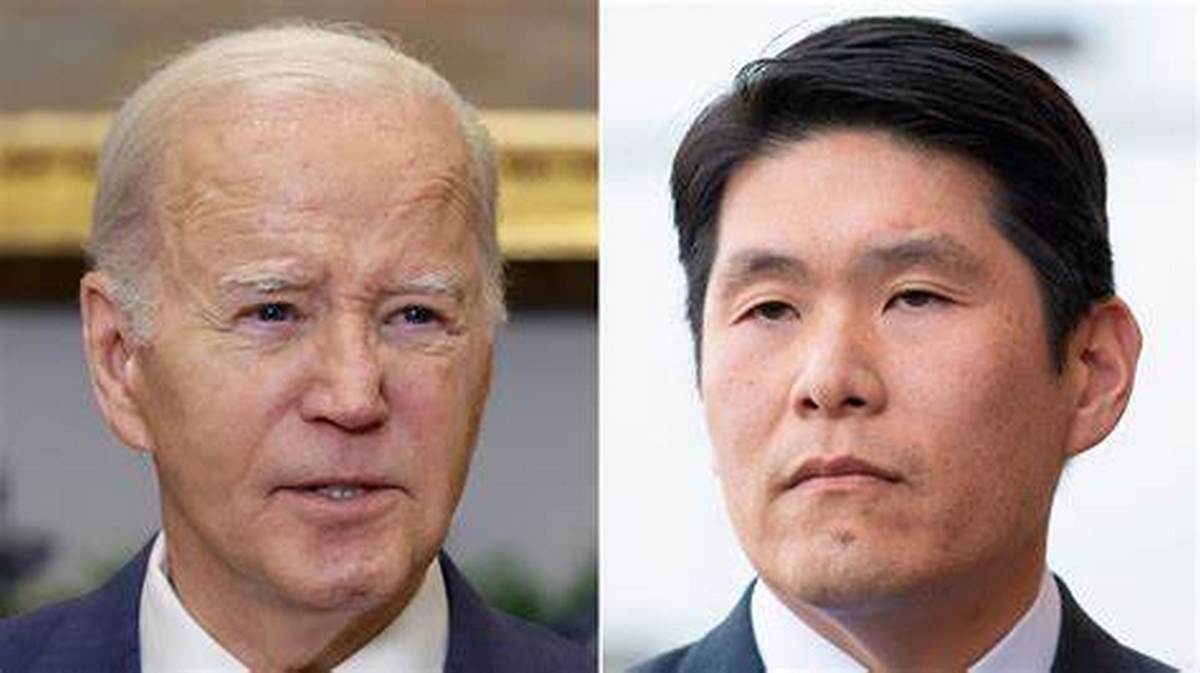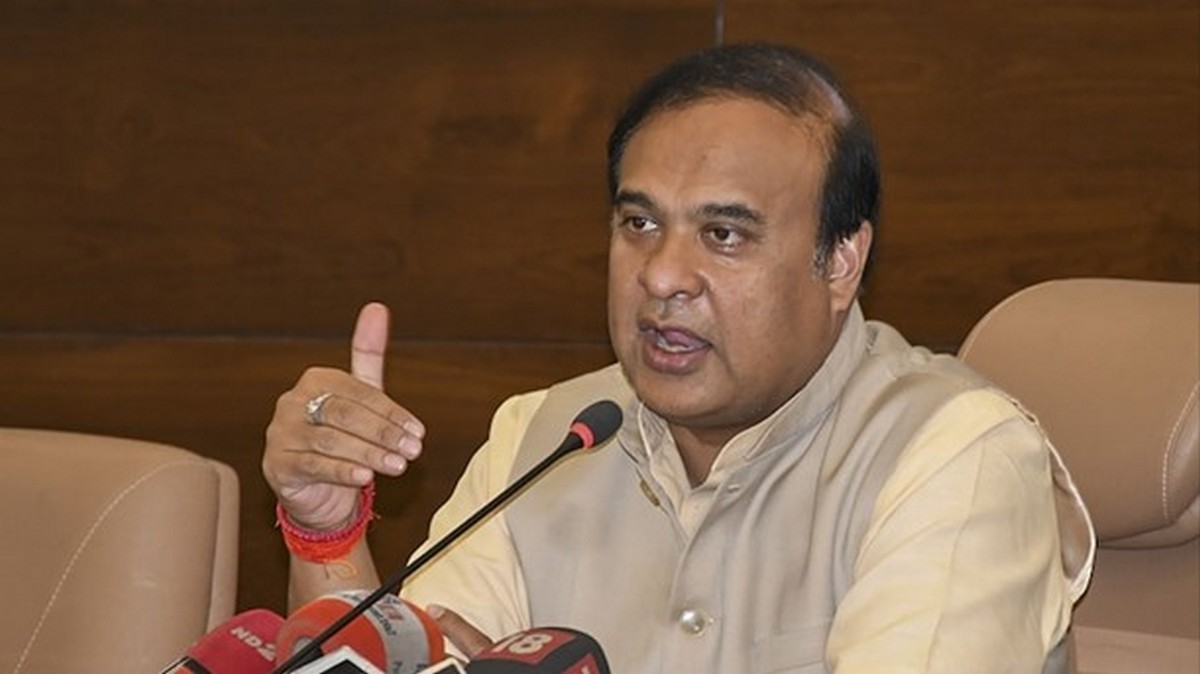SALIL GEWALI

What we encounter in textbooks often shapes our beliefs. Having grown up reading about the ‘Aryan Invasion Theory’ from my early school days, I too continued to believe that Hinduism was not native to India. As all school students in India, I carried that belief until I came across works about the ancient treatises authored by Swami Vivekananda and Sri Aurobindo, as well as the influential works of prominent Western intellectuals such as Voltaire and Schopenhauer. However, after much effort and critical study, I eventually came to understand a deeper, more accurate, but “suppressed” truth.
Vivekananda dismissed the idea of the ‘Aryan Invasion Theory’ as nothing more than colonial tall tales, conveniently spun to justify Western supremacy over Eastern civilizations—sort of like giving a scholarly veneer to mask their intrinsic notoriety and imperialistic ambition. Sri Aurobindo in his writings, logically emphasized the continuity and depth of Indian civilization, suggesting that its spiritual and cultural traditions developed locally over millennia. He viewed the idea of an Aryan invasion as part of a colonial narrative that undermined and misrepresented the ancient history of India and its civilization. Not only did the aforementioned spiritual leaders reject the hypothetical AIT outright, but so did Mahatma Ghandhi, Lala Lajpat Rai, Bal Gangadhar Tilak, and Rabindranath Tagore.
Nevertheless, with major breakthroughs in “genetic science,” many aspects previously considered “unknowable” have become quite clear. Yes, genetic studies have over the years gained the ability to understand “human history,” and mass population migration by simply studying microscopic DNA. Here, I wish to reiterate that the successive findings from genetic researchers in the late 20th century dealt a significant blow to the ‘Aryan Invasion Theory’. Studies of DNA samples from ancient skeletons in the region have revealed a lack of gene flow from outside populations into India in the last 10,000 to 15,000 years, which would suggest a large-scale migration or invasion was more fiction than fact. The eminent French archaeologist and author, Jean-Paul Demoule, has underscored the complete lack of archaeological evidence for any abrupt invasion. He argued that the available evidence completely fails to substantiate the historical narrative of a sudden incursion by Indo-Aryan groups.
Professor B. B. Lal, a distinguished archaeologist and former Director General of the Archaeological Survey of India, boldly stood up against the Aryan Invasion Theory. He argues, based on his extensive archaeological research, particularly at Harappan sites, that there is no substantial evidence of warfare or invasion to back up the theory. Instead, his findings point to significant cultural continuity between the Indus Valley Civilization and subsequent Indian societies, disproving the notion of a disruptive Aryan migration from outside South Asia. Professor Lal’s investigations reveal that the archaeological records are more indicative of cultural development and adaptation, rather than abrupt external domination. Similarly, James Shaffer, an eminent U.S. archaeologist and author, contested the Aryan Invasion Theory (AIT), suggesting that the archaeological evidence fails to corroborate any claims of a large-scale migration or invasion by the Aryans.
Let’s not forget that AIT was toppled from its pedestal by the father of the Indian constitution, Dr. BR Ambedkar, and historian RC Majumdar. They weren’t just about scratching the surface; their works dived deep into the complex layers of Indian history, advocating for a meticulous examination of evidence rather than a flirtation with fanciful theories. Joining the collective dissent, a noted historian Romila Thapar also dismissed the Aryan Invasion Theory (AIT), proposing instead a more gradual migration of people and ideas rather than a sudden and forceful influx.
What is no less astonishing is that the speculative idea of the Aryan Invasion Theory (AIT) was proposed as recently as the 19th century by our colonial masters and was ‘absolutely unknown’ to anyone before then. Well, the prime motive of the British was to “sow” the seeds of discord and antagonism between the Aryan and Dravidian groups in order to prevent them from uniting and standing together on a common platform. It was a “devious mission” towards a divide and rule strategy. However, regrettably, even after being thoroughly discredited by the aforementioned modern thinkers, leaders and research scholars, Indian academia continued to propagate AIT as true, as if clinging to a sinking ship!
Very importantly, nowhere in the extensive ancient scriptures, including the Vedas, Upanishads, Ramayana, Mahabharata, and Yoga Vasistha, nor in the voluminous and philosophical folklore and tales, is there any mention of Aryan invasions or migration to India from the West. The Mahabharata meticulously details various conflicts, pinpointing their locations and timelines, yet it never speaks of Aryans storming into India or arriving from Central Asia. These revered texts provide detailed descriptions of the now-dried-up river Saraswati and Sindhu, cradles of the Vedic civilization that thrived for millennia.
However, we have nothing to say if some pseudo-intellectuals still hold ‘Aryan Invasion Theory’ close to their hearts, as advanced by the likes of Max Muller. Of course, Lord Macaulay’s policy of introducing English education was deliberately designed to dismantle India’s cultural foundations, aiming to create a populace ‘Indian in appearance but Western in thought and values.’ One patriotic scholar rightly says that Macaulay has inflicted more damage on India than all the British Governor Generals and Viceroys put together. Although the British have gone, Macaulay’s children in the country are up in arms, seeking to undermine the glorious history of the land and denigrate the literary and spiritual legacy of our nation. But in contrast, we have a great many top Western scholars, including modern scientists, who have profusely praised the antiquity of India and its unparalleled wisdom. After extensive research into ancient literature and history, a great thinker François Voltaire proclaimed: “I am convinced that everything has come down to us from the banks of the Ganges — astronomy, astrology, metempsychosis, etc. It is very important to note that some 2,500 years ago at the least, Pythagoras went from Samos to the Ganges to learn geometry…..”.
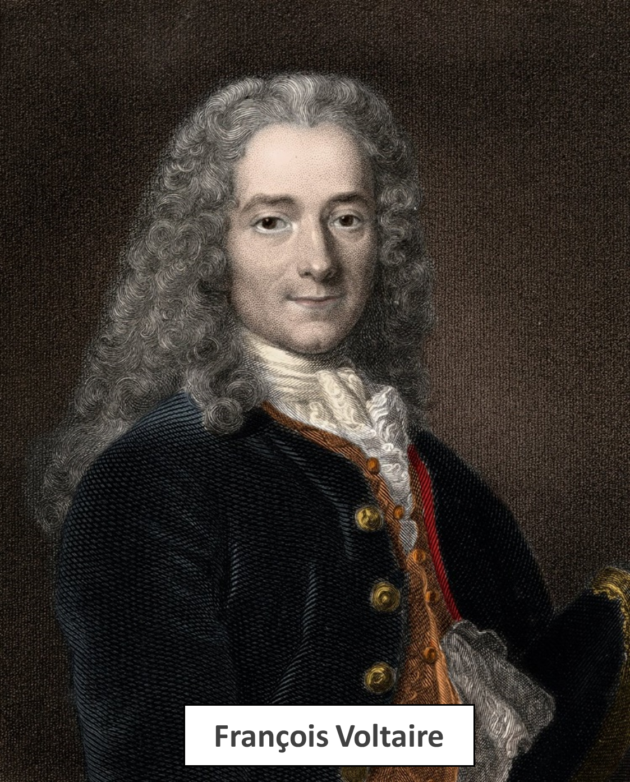
But in contrast, we have a great many top Western scholars, including modern scientists, who have profusely praised the antiquity of India and its unparalleled wisdom. After extensive research into ancient literature and history : “I am convinced that everything has come down to us from the banks of the Ganges — astronomy, astrology, metempsychosis, etc. It is very important to note that some 2,500 years ago at the least, Pythagoras went from Samos to the Ganges to learn geometry…..”.
Furthermore, the eminent American historian and philosopher Will Durant praised the ancientness of India with great admiration by saying: “India was the motherland of our race, and Sanskrit the mother of Europe’s languages. India was the mother of our philosophy, of much of our mathematics, of self-government and democracy. In many ways, Mother India is the mother of us all.” It is immature to doubt the scholarship of the world-acclaimed researcher who was credited with the 11-volume series — ‘The Story of Civilization’.
While Mark Twain was so fascinated by the Indian system of knowledge that he visited India and called it ‘the cradle of the human race, the birthplace of human speech,’ should we still doubt the land that we stand on, the land that nourished us?”
Come what may, the truth should not be smothered by false speculation and false narratives spread by those with devious motives to hurt the nation. Indeed, the DNA of lies has already been decoded. The erroneous notion should not become the “opium of the learned”!
**************************
An India-based writer and researcher, Salil Gewali is best known for his research-based work entitled ‘Great Minds on India’, that has earned worldwide appreciation. Translated into thirteen languages, his book has been prefaced by a NASA chief scientist – Dr. Kamlesh Lulla of Houston, USA. Gewali is also a member of the International Human Rights Commission, Zürich, Switzerland.
Visits: 60



